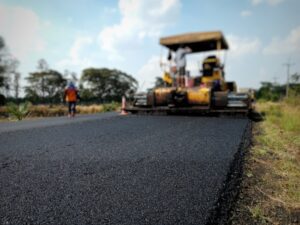Recycling building and construction materials remains the exception to the rule in countries such as Australia. The National Waste Policy agreed to by federal, state and territory governments has a target of 80% resource recovery by 2030. It’s currently about 40%.
Out of the 74 million tonnes of waste generated in Australia in 2020, masonry materials comprised about 22.9 million tonnes. Plastics comprise about 2.5 million tonnes. Of the 61.5 million tonnes of core waste managed by the waste and resource recovery sector, 44% came from the construction and demolition sector, compared with 20% from households and local government activities. Most of this waste – concrete, brick, steel, timber, asphalt and plasterboard or cement sheeting – could be reused or recycled. It ends up in landfill due to simple economics. It’s less costly to buy new materials and throw them away rather than reuse and recycle.Changing this method and moving to a circular economy, where materials are reused and recycled rather than discarded in landfill, is an essential goal to reduce the impact of building and construction on the environment, including its contribution to climate change.
The social and environmental costs of producing, consuming and throwing away materials is not reflected in the prices charged. Those costs are instead externalised – borne by others.In cases such as this there is a legitimate and necessary role for governments to intervene and correct the market failure. For an externality such as carbon emissions (imposing costs on future generations) the market-based solution favoured by most economists is a carbon price.
For construction material waste, governments have a few more policy grip to help create a viable market for more recycling. One way to make recycling more attractive to businesses would be to increase the cost of sending waste materials to landfill. But this would likely have unintended consequences, such as illegal dumping.
The more obvious and effective approach is to help create more demand for recycled materials through government procurement, adopting policies that require suppliers to, such as using a minimum amount of recycled materials.
With enough demand, recyclers will invest in further waste recovery, reducing the costs. Lower costs in turn create the possibility of greater demand, creating a virtuous circle that leads to a circular economy.







